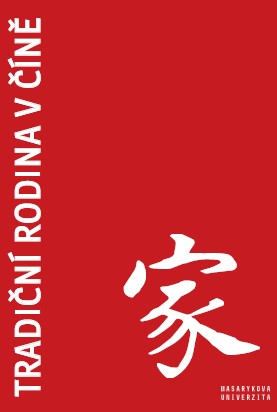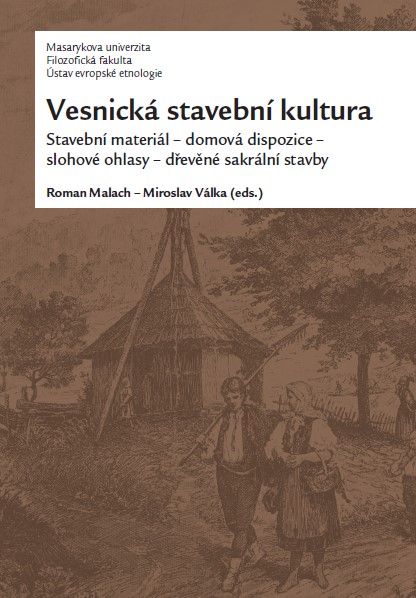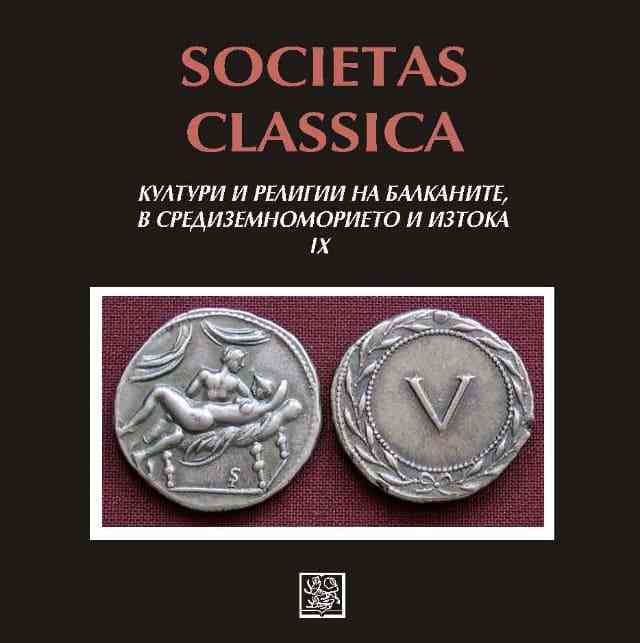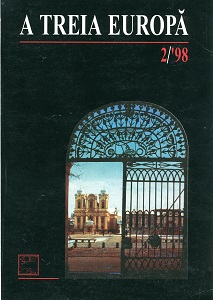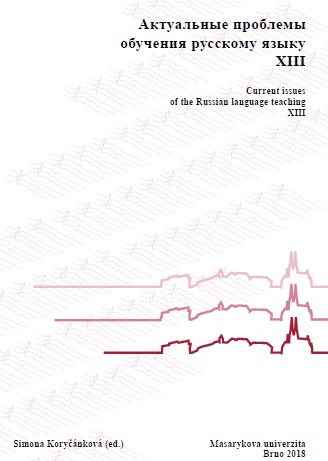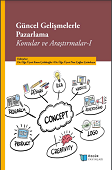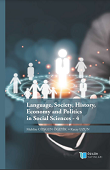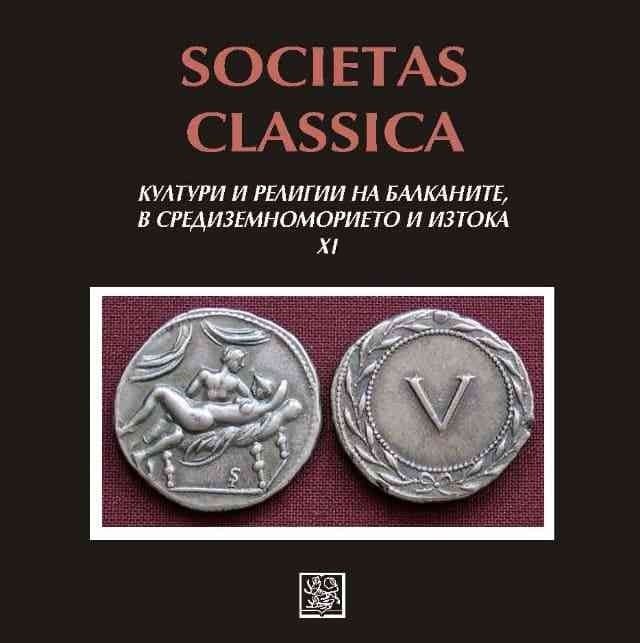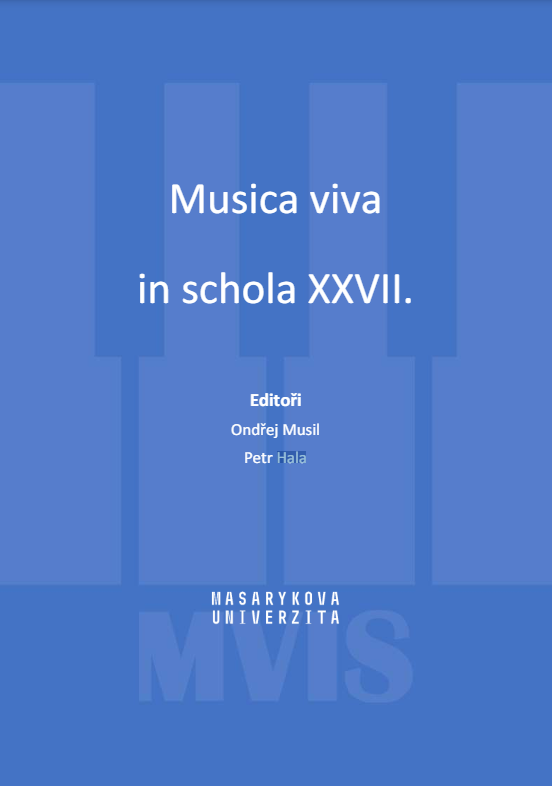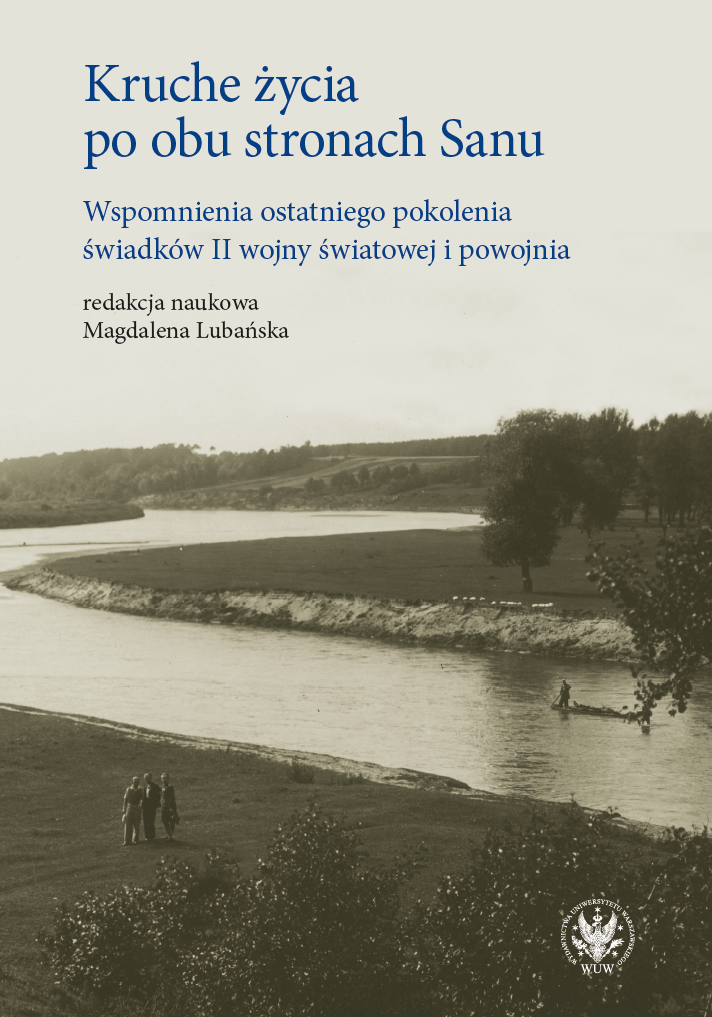Author(s): Olga Załęska / Language(s): Polish
Publication Year: 0
This article discusses the mid-20th century changes that caused the once unstable identity of the mixed (Polish and Ukrainian) population born in the Subcarpathia before World War II to bifurcate, then solidify, and unify. Special emphasis is placed on the significance of the authorities of People’s Republic of Poland (PRL) in this process, who through their actions – political, social, and educational – led to profound social transformations. The article highlights the crucial role of the class aspect in the process of nationalization. Before World War II, nationality in the rural areas of today’s Jarosław and Przeworsk Districts was strongly linked to affiliation with the Greek Catholic or Roman Catholic Church. It had a more performative than essential character, and with little effort, it could be changed. The low attachment of rural residents to “Polishness” or “Ukrainianness” was closely related to their socio-economic situation. The lives of peasants in Poland before World War II were filled with work, so identity issues took a back seat. Most importantly, educational institutions – places of effective national indoctrination – operated poorly. There were too few schools, with short education cycles, and peasant children often skipped lessons due to the need to work. With the outbreak of World War II, and especially during the partisan activities, national identity began to gain importance. To avoid death, peasants had to start clearly defining their nationality. However, in the article, I argue that the threat from nationalist combatants was not crucial for the formation of stable national identities. I find the actions – both coercive and persuasive – taken by the authorities of the PRL after 1947 to have been more important. The first was the implementation of Akcja “Wisła” (Operation Vistula), as a result of which individuals recognized as Ukrainians were deported to the north-west Poland while those identified as Poles remained in Subcarpathia. This forced people who managed to avoid resettlement to adopt a clearly Polish identity. Those resettled, contrary to the intentions of the Communist Party (PZPR) leadership, consolidated and became more Ukrainian. Another action of the regime was the establishment of a functioning system of universal education and the improvement of living standards. Once peasant children started receiving primary education, and then mostly technical education, a nationality policy through schooling became possible. The improvement in the standard of living of the peasantry made them open to national ideas.
More...


